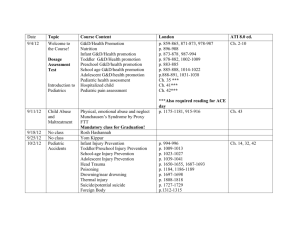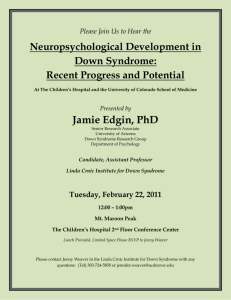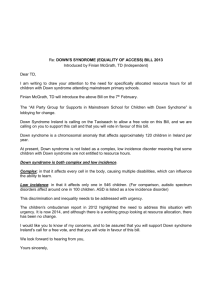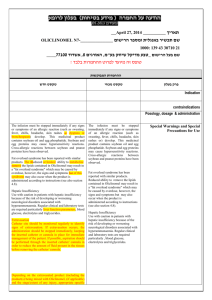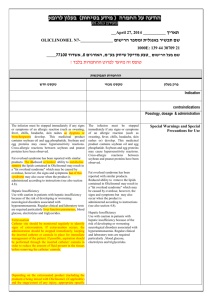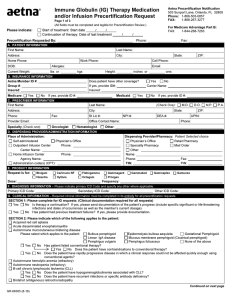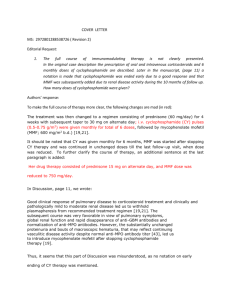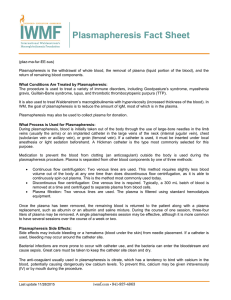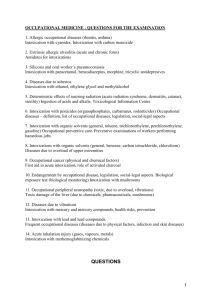Study report. ENTEROSGEL IN PEDIATRICS
advertisement
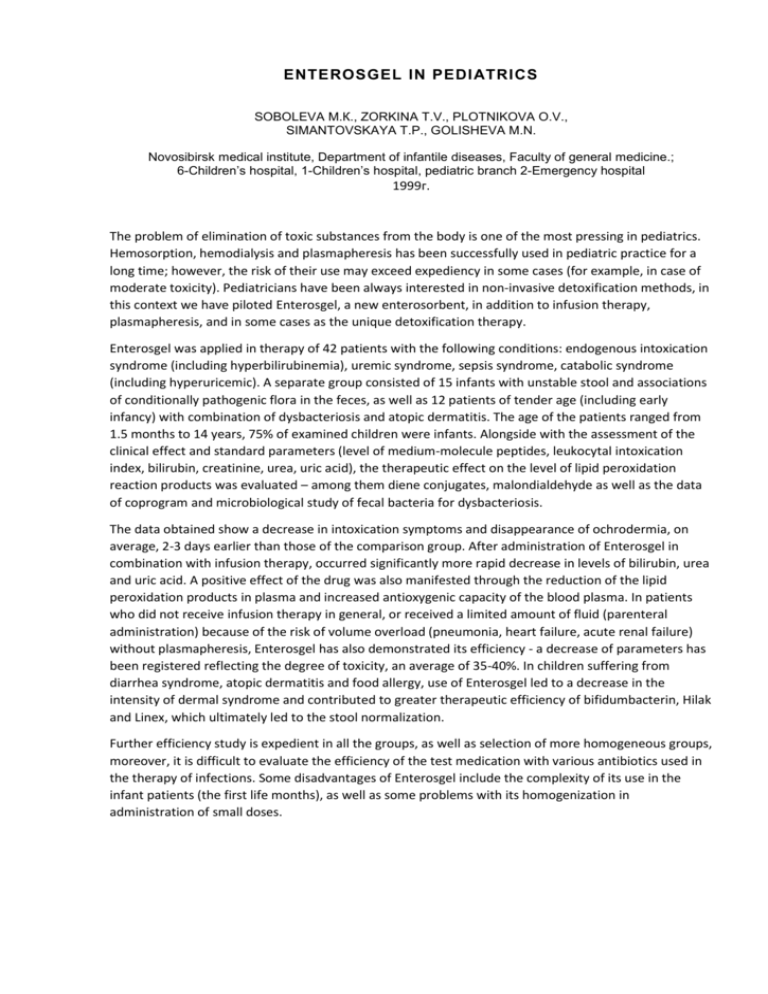
ENTEROSGEL IN PEDI ATRICS SOBOLEVA М.К., ZORKINA Т.V., PLOTNIKOVA О.V., SIMANTOVSKAYA Т.P., GOLISHEVA М.N. Novosibirsk medical institute, Department of infantile diseases, Faculty of general medicine.; 6-Children’s hospital, 1-Children’s hospital, pediatric branch 2-Emergency hospital 1999г. The problem of elimination of toxic substances from the body is one of the most pressing in pediatrics. Hemosorption, hemodialysis and plasmapheresis has been successfully used in pediatric practice for a long time; however, the risk of their use may exceed expediency in some cases (for example, in case of moderate toxicity). Pediatricians have been always interested in non-invasive detoxification methods, in this context we have piloted Enterosgel, a new enterosorbent, in addition to infusion therapy, plasmapheresis, and in some cases as the unique detoxification therapy. Enterosgel was applied in therapy of 42 patients with the following conditions: endogenous intoxication syndrome (including hyperbilirubinemia), uremic syndrome, sepsis syndrome, catabolic syndrome (including hyperuricemic). A separate group consisted of 15 infants with unstable stool and associations of conditionally pathogenic flora in the feces, as well as 12 patients of tender age (including early infancy) with combination of dysbacteriosis and atopic dermatitis. The age of the patients ranged from 1.5 months to 14 years, 75% of examined children were infants. Alongside with the assessment of the clinical effect and standard parameters (level of medium-molecule peptides, leukocytal intoxication index, bilirubin, creatinine, urea, uric acid), the therapeutic effect on the level of lipid peroxidation reaction products was evaluated – among them diene conjugates, malondialdehyde as well as the data of coprogram and microbiological study of fecal bacteria for dysbacteriosis. The data obtained show a decrease in intoxication symptoms and disappearance of ochrodermia, on average, 2-3 days earlier than those of the comparison group. After administration of Enterosgel in combination with infusion therapy, occurred significantly more rapid decrease in levels of bilirubin, urea and uric acid. A positive effect of the drug was also manifested through the reduction of the lipid peroxidation products in plasma and increased antioxygenic capacity of the blood plasma. In patients who did not receive infusion therapy in general, or received a limited amount of fluid (parenteral administration) because of the risk of volume overload (pneumonia, heart failure, acute renal failure) without plasmapheresis, Enterosgel has also demonstrated its efficiency - a decrease of parameters has been registered reflecting the degree of toxicity, an average of 35-40%. In children suffering from diarrhea syndrome, atopic dermatitis and food allergy, use of Enterosgel led to a decrease in the intensity of dermal syndrome and contributed to greater therapeutic efficiency of bifidumbacterin, Hilak and Linex, which ultimately led to the stool normalization. Further efficiency study is expedient in all the groups, as well as selection of more homogeneous groups, moreover, it is difficult to evaluate the efficiency of the test medication with various antibiotics used in the therapy of infections. Some disadvantages of Enterosgel include the complexity of its use in the infant patients (the first life months), as well as some problems with its homogenization in administration of small doses.


